Getting a refund when filing your taxes is not usually seen as a bad thing. If you received a large refund after filing your 2017 income tax return, you’re probably enjoying the influx of cash. Nevertheless, it is important to keep in mind that this also indicates that you were essentially giving the government an interest-free loan.
In the past, when getting a large refund for a previous tax year, taxpayers knew to consider reducing the amount they were having withheld (and/or estimated tax payments they’re making) for the current year. However, 2018 is a little different.
The ‘Tax Cuts and Jobs Act’ and withholding
To reflect changes under the Tax Cuts and Jobs Act (TCJA) — such as the increase in the standard deduction, suspension of personal exemptions and changes in tax rates and brackets — the IRS updated the withholding tables that indicate how much employers should hold back from their employees’ paychecks, generally reducing the amount withheld.
The new tables may provide the correct amount of tax withholding for individuals with simple tax situations, but they might cause other taxpayers to not have enough withheld to pay their ultimate tax liabilities under the TCJA. This would mean that taxpayers that received a large refund this year, could end up owing a significant amount of tax when filing for the 2018 tax-year.
Perils of the new tables
The IRS itself cautions that people with more complex tax situations face the possibility of having their income taxes withheld incorrectly- where they will end up owing more for 2018.
For example: If you itemize deductions, have dependents age 17 or older, are in a two-income household or have more than one job, you should review your tax situation with an accountant and adjust your withholding if appropriate.
For taxpayers that want to figure out exactly how much they should withhold on their own: The IRS has updated its withholding calculator (available at irs.gov) to assist taxpayers in reviewing their situations. The calculator reflects new changes from the TCJA in available itemized deductions, the increased child tax credit, the new dependent credit and repeal of dependent exemptions.
More considerations
These tax law changes are only one reason to check your withholdings for 2018. Additional reviews during the year are a good idea if:
- You get married or divorced,
- You add or lose a dependent,
- You purchase a home,
- You start or lose a job, or
- Your investment income changes significantly.
How to update withholdings
You are able to make changes to your withholding at any time during the year, or even multiple times within a year. To do so, simply submit a new Form W-4 to your employer. Changes typically will go into effect several weeks after the new Form W-4 is submitted. (For estimated tax payments, you can make adjustments each time quarterly payments are due.)
The TCJA and your tax situation
We highly encourage you to talk to your accountant or at least review your withholding situation. If you rely solely on the new withholding tables, you could run the risk of significantly underwithholding your federal income taxes. As a result, you might receive a high tax bill when you file your 2018 tax return next year. Contact us for help determining whether you should adjust your withholding. We can also answer any questions you have about how the TCJA may affect you and your family.




